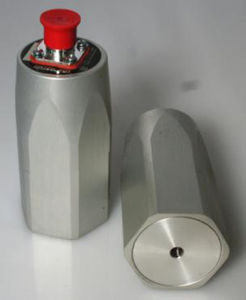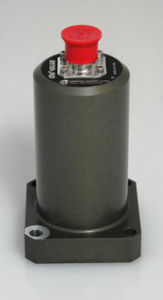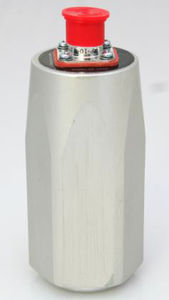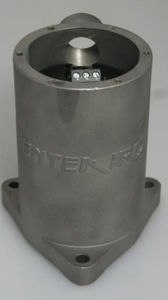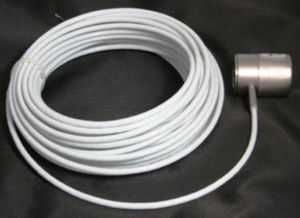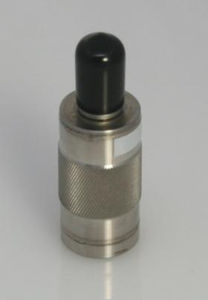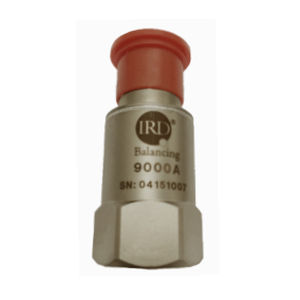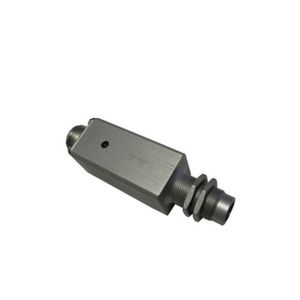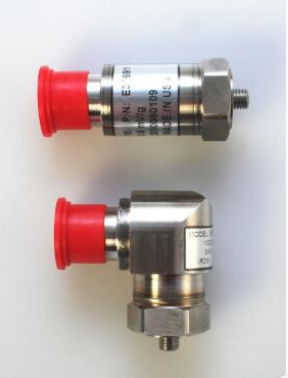
Small accelerometer 911Sconstant-currenthermeticindustrial
Add to favorites
Compare this product
Characteristics
- Other characteristics
- small, constant-current, hermetic, industrial
- Frequency
22 Hz
Description
The IRD 911 is a solid-state seismic accelerometer for permanent mounting on machinery. It is manufactured in a fully welded stainless steel housing with a hermetic sealed connector that will withstand harsh industrial environments, including high temperatures and splashing fluids.
The IRD 911’s wide frequency and amplitude ranges accommodate most types of rotating machines. The small size permits installation near bearings.
The IRD 911 has an internal, low-output impedance amplifier capable of transmitting a vibration signal accurately through several thousand feet of cable, ideal for large installations with centralized signal processing equipment. A DC bias voltage on the output facilitates remote testing for cable
continuity and proper operation.
The IRD 911 can be mounted directly on the machine via a ¼”- 28 screw. The IRD 911 accelerometer is available in a straight or a right-angle mounted connector configuration.
GENERAL SPECIFICATIONS
Frequency
Response
3Hz to 2kHz within ±10% @ 70°F
(21°C)
Sensitivity 100 mV/g ± 10% @ 100Hz
Magnetic Field
Sensitivity
100 µg/Gauss
Output
Impedance
100 Ohms
Dynamic
Range
1- 75 g peak
Resonant
Frequency
22 kHz nominal, mounted
Transverse
Sensitivity
5% average
Grounding Case isolated from circuit
Power
Requirement
+18 to +26VDC source through 1 to
4mA constant-current Diode
Output Bias +10 to +18 VDC
Housing 316L-series stainless steel
Seal Hermetic
Environmental
Protection
Meets NEMA 4x, 12, 13, IEC IP66
Temperature
Range
-40 to 300° F (-40 to 149° C)
Catalogs
No catalogs are available for this product.
See all of IRD Balancing‘s catalogsRelated Searches
- Acceleration sensor
- Piezoelectric acceleration sensor
- Single-axis accelerometer
- Triaxial accelerometer
- Compact acceleration sensor
- IEPE acceleration sensor
- Rotational speed sensor
- Industrial acceleration sensor
- Vibrating acceleration sensor
- Rugged accelerometer
- Hermetic accelerometer
- General purpose acceleration sensor
- Threaded speed sensor
- Constant-current acceleration sensor
- Small accelerometer
- Optical speed sensor
*Prices are pre-tax. They exclude delivery charges and customs duties and do not include additional charges for installation or activation options. Prices are indicative only and may vary by country, with changes to the cost of raw materials and exchange rates.



